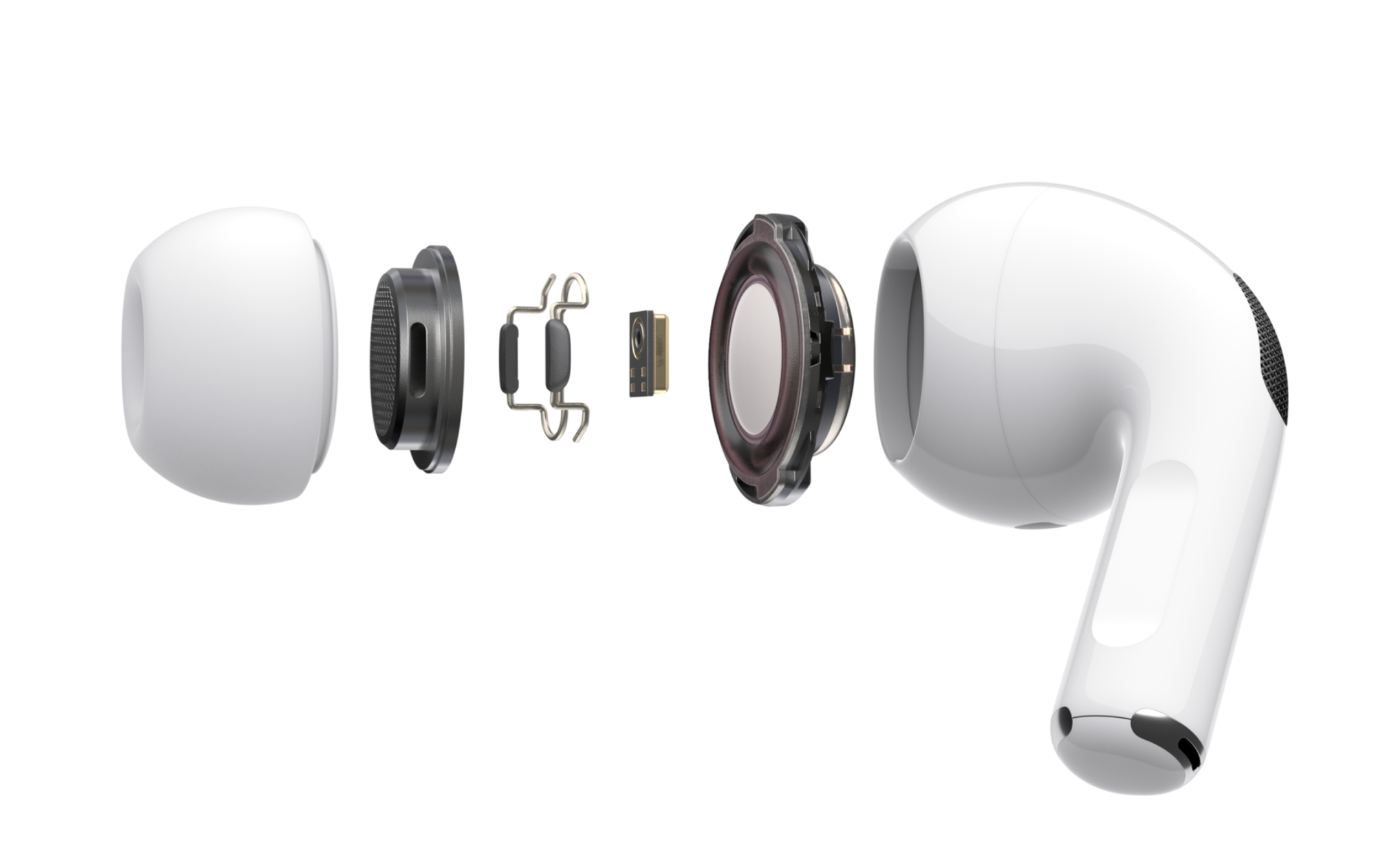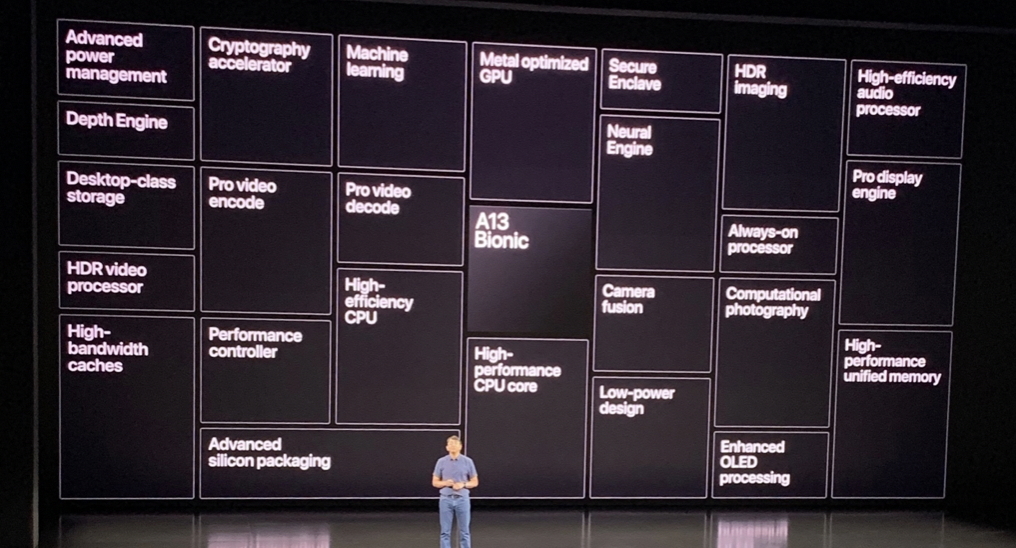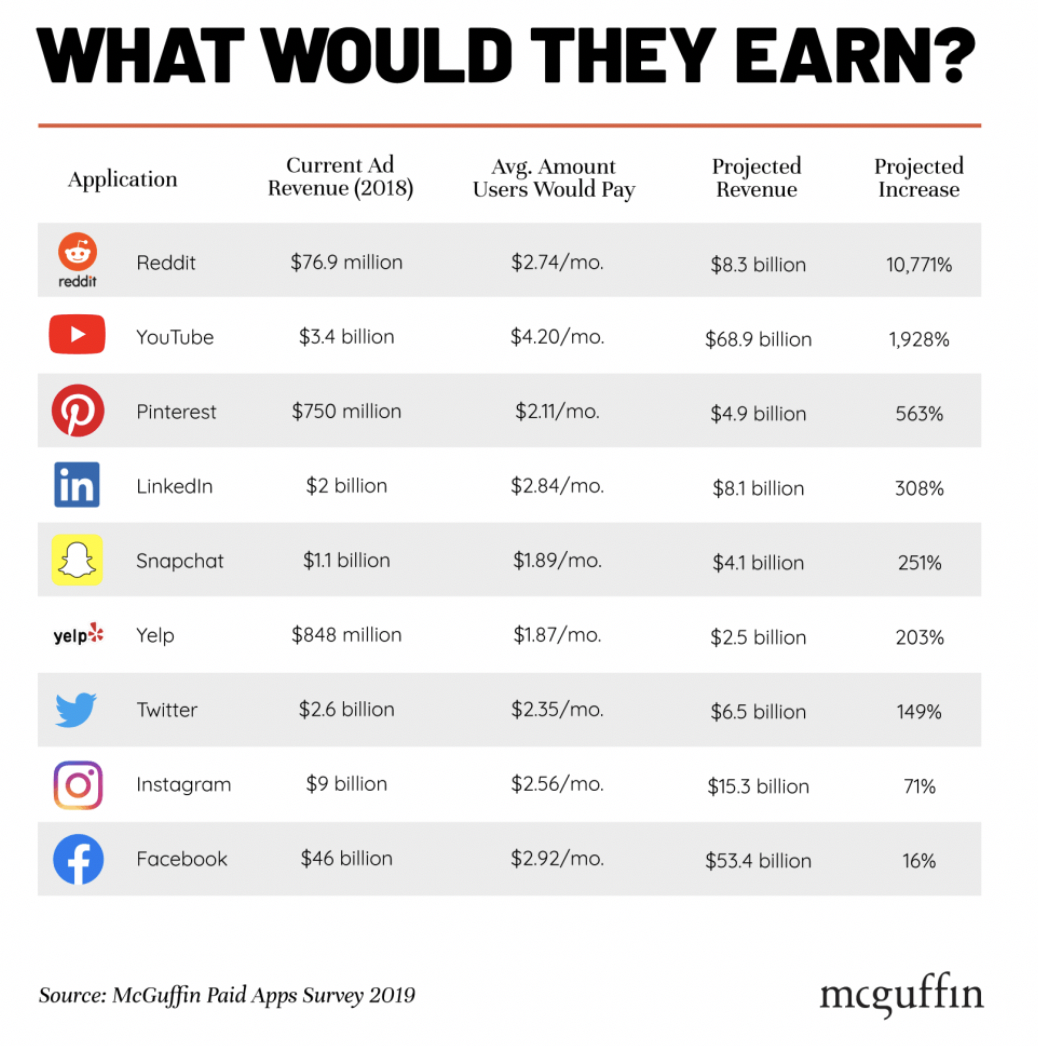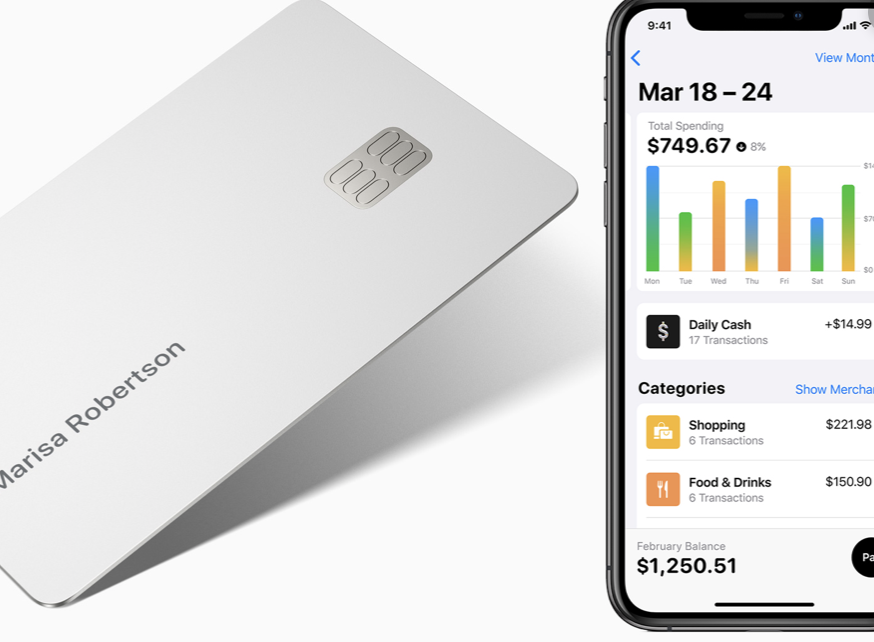One of the big themes at CES the past few years has been the explosion of IoT and smaller connected devices that permeated hundreds of booths at the show. In fact, at the Sands Convention Center, there were areas for things like the connected home, connected health and wellness, and connected appliances. Charmin even had a booth showing off a robot that would deliver TP to you if you need it and other weird ideas, including a Porta Potty concept that was unique.
Add to that the sprinkling of connected and smart cars over at the LVCC and talk about devices at the edge in company press conferences from big and small vendors who want a piece of the IoT action.
For the early part of my career, there were just two major operating systems that drove the PC market. Windows and Mac OS were what made PC’s run and tick and helped grow that market. These two operating systems were the only acceptable operating systems for PCs until 2012. This was when Google released its Chrome OS, for what at the time was a relatively low-end laptop with very few capabilities other than to use this OS to connect to clouds base apps and service. Since its introduction, Chrome OS has gotten smarter and richer and is quickly becoming the OS of choice for schools. And with the recent versions of Chrome OS and more powerful Chromebooks, it is now being touted as an ideal computer for consumers too.
Then when smartphones and mobile accelerated starting with the intro of Apple’s iPhone in 2007 and continuing to today, the OS wars are pretty much just IOS and Android.
In both cases, users had to take sides and commit to one or the other platforms for PCs and smartphones and, in turn, adopt the application ecosystems that support their OS of choice. What I find interesting is that the yearly unit sales of PC’s topped out at around 380 million a year and today hover around 260-280 annually. With smartphones, unit sales are astronomical. Smartphones are selling in the billions per year, upping the OS ante considerably.
When industry leaders look at the IoT and the connected device market, they gush over the possibility that we could see as many as a trillion connections each year. This will come via a plethora of devices, and connections to street lights, fire hydrants, you name it, each with some wired or wireless connection.
In the past, both PCs and smartphones seemed to settle around two platform fundamentals, OSes and complete hardware, apps, and even special services tied to these operating systems. But as we enter the era of IoT and connected devices, with its promise of trillions of connections, we have many OS contenders trying to take a dominant position to get the most significant piece of this trillion connected device market.
As of this date, there are six main IoT and connected device operating systems. Within this outlook as well, includes a wide range of standards as well without a clear standards forum winning as of yet.
Samsung is developing a richer version of Tizen as its IoT OS contender.
Goggle has options around Android Things and potentially Fuscia in the future. Google’s IoT platform is powered by its Cloud IoT Core.
Huawei is working on a new OS for smartphones that can also be used for IoT called HarmonyOS.
Amazon comes at it from the cloud-down using AWS IoT solutions, paired with Alexa as an interface.
And Facebook is working on its OS, initially designed for smart glasses, but they suggest this OS could be used on other devices as well.
Add to the many embedded operating systems that want a piece of the IoT action and the Open Source Open Sync software that can connect different IoT devices. You can see a new Battle Royale for IoT OS supremacy emerging that makes the Windows/ macOS and iOS/Android wars seem tame.
Microsoft is also doing lighter versions of its operating system to try and scale them down so they can be used for IoT connected stand-alone devices too. Microsoft also comes at IoT from a cloud-down standpoint using the Azure cloud to connect intelligent endpoints to the cloud.
Apple also has HomeKit, which is less an OS and more a connectivity solution to work with iOS and Mac devices.
Although we are in the early stages of IoT, hardware, and software vendors are searching for a rich OS for these connected devices. Most hardware companies I talk to say they will test drive a couple of these IoT OS engines before they make final decisions on which one to back. Likewise, Software developers may test various IoT operating systems before they choose the one that meets their specific needs.
The market for IoT devices and what it will take to make them work and fit into any companies long term plans to be a player in IoT will be the next hard-fought battle in the world of OS wars. At this point, I don’t see a clear winner, and this is one area where we may not expect a winner take all environment but rather many players having to work together.


















